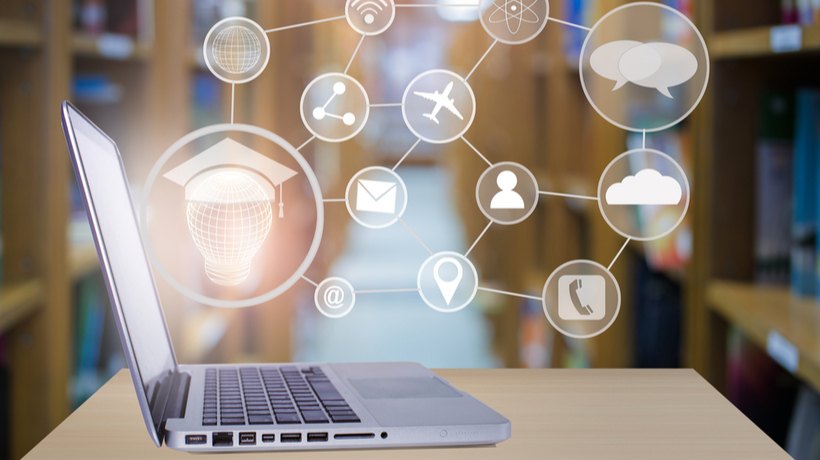What Changes Are Shaping The Future Of Learning Technology
A perfect storm of disruptors is leading us all into uncharted territory. Given this uncertainty, it’s not surprising that Ambient research [1] has forecast negative 14% growth for the US LMS market over the next 5 years.
The LMS Is DEAD Or Is It?
But don’t panic, it’s not that we’re heading back to the dark ages of Excel spreadsheets and manila folders. Rather, we’re entering an era of integrated best-of-breed technologies that in the best case will work together seamlessly to deliver personalized, just-in-time learning experiences.
If you aren’t already in the process, check the following 5 changes that will help you prepare for the future:
1. Compatibility With New Learning Technology
Over the past 5 years, new learning technology products are entering the market at a record pace. This includes social tools like Yammer, AR/VR solutions, gamification platforms, and more. These products are often "self-contained solutions" that control how the user experiences them, what data is collected, and how new experiences are created. The positive is that we now have an expanded toolset to create the best learning experience based on the content, audience, and goals. The downside is that, in the worst-case scenario, learners are logging into multiple systems, learning paths are disjointed and cumbersome, and data is spread across multiple systems. The future organization needs a guide that supports the ability to combine these disparate technologies into a unified learning experience.
2. Data Is The New Currency Of L&D
The L&D market is quickly approaching a tipping point around data analysis. We’re moving from tracking consumption—e.g. how many people finished a course—to business intelligence or BI. BI refers to technologies, applications, and practices for the collection, integration, analysis, and presentation of business information. The purpose of Business Intelligence is to support better business decision making. BI requires data that matters—data from an LMS, from work systems—e.g. a CRM, from social apps and from all of the new learning technologies mentioned above. The future organization needs the capability to integrate and analyze data from multiple systems and sources.
3. User Experience Is King
Content is king used to be a commonly heard phrase in our industry, but today User Experience has muscled its way to the top of the list. LMS is too often an inhibitor to the great User Experience. Historically, LMS was designed as an aggregator of learning resources with the main purpose being to gatekeep, assign, and track learning. This outdated perspective too often is at odds with providing great experiences and outcomes. The future learning organization needs to create great User Experience—this means easy-to-use, available at the point of need, and connected to other resources and people.
4. Amazon And Google Have Changed Expectations
If I have a question, I google it and expect to get the best possible matches to my query. And that simple experience has changed expectations for every one of us. At the same time, we, as learning professionals, have matured in our thinking too. We’ve moved from thinking of learning resources as a closed loop system—if we haven’t built or vetted it we don’t want you to see it—to a realization that there’s great content available from many sources. The future learning organization needs tools that facilitate the finding and sharing resources as well as social features for users to highlight the gems and call out the lemons.
5. Make It Personal
The final change driver is personalization. Making learning personal has 3 significant benefits:
- It reduces the time it takes to complete training and in turn that reduces the opportunity cost of spending time on unneeded learning.
- It increases the impact—spending the most time on the most important things that I have the largest knowledge gap produces a better result.
- Finally, it makes our learner happy by respecting their time.
Check out the Personalized Learning, by Filtered (full disclosure: they are a Kineo partner and have received investment from our parent company City & Guilds) to better understand the benefits of personalization and the AI that fuels it. The future learning organization needs tools to help employees find the most relevant and impactful learning and to avoid unnecessary time spent learning what I already know.
As an industry, we’re at the precipice of a dramatic change. Best-in-class learning organizations will be more efficient, focus on things that have the greatest impact, and have more of their activity and investment be informed by data. Who’s ready to get started?
References:
- The 2016-2021 Worldwide Self-paced eLearning Market: The Global eLearning Market is in Steep Decline









